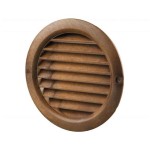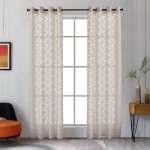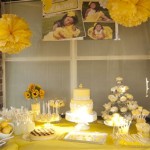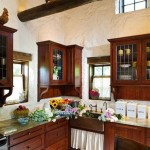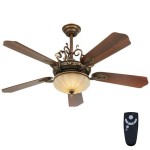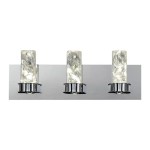Buddha for Home Decor: A Deeper Dive into the Essential Elements
Buddha statues, a representation of divine enlightenment and serenity, have become an integral part of home decor, inviting tranquility and positivity into spaces. Understanding the essential aspects of these sculptures is crucial for their effective use as decorative elements and for fostering a harmonious and welcoming atmosphere.
This article delves into the key considerations when choosing and incorporating Buddha statues into home decor, exploring their materials, postures, and symbolism. By examining these elements, we gain a deeper appreciation for the significance of these sculptures and their ability to enhance the aesthetic and spiritual ambiance of our homes.
1. Material: The Foundation of Serenity
The material used in the creation of a Buddha statue plays a pivotal role in its overall aesthetic and durability. Traditional materials like bronze, stone, and porcelain exude an aura of timelessness and elegance, while modern materials such as resin and fiberglass offer versatility and affordability.
Bronze statues, with their rich patina and intricate details, embody the essence of sacred artistry. Stone sculptures, carved from natural materials like marble or granite, convey a sense of solidity and rootedness, while porcelain statues showcase delicate features and a translucent glow.
2. Postures: Embodiment of Spiritual States
The posture of a Buddha statue signifies a specific spiritual state or teaching. The most common postures include:
- Sitting Buddha: Represents meditation and wisdom, encouraging inner peace and reflection.
- Standing Buddha: Embodies steadfastness and determination, inspiring us to overcome obstacles.
- Reclining Buddha: Symbolizes the final moments of the Buddha's life, reminding us of the impermanence of all things.
Choosing a posture that resonates with our personal aspirations and intentions enhances the statue's ability to inspire and uplift.
3. Symbolism: The Language of Enlightenment
Buddha statues often incorporate symbolic elements that convey specific teachings and blessings. These elements include:
- Ushnisha: A cranial protuberance representing wisdom and higher consciousness.
- Urna: A mark between the eyebrows symbolizing the third eye of insight.
- Mudras: Hand gestures that convey different teachings, such as the Abhaya Mudra (fearlessness) and the Dharmachakra Mudra (the turning of the wheel of dharma).
Understanding the symbolism of these elements allows us to appreciate the deeper meaning embedded within Buddha statues.
Conclusion
Buddha statues for home decor are more than just decorative pieces; they are embodiments of spiritual teachings and timeless wisdom. By considering the material, posture, and symbolism of these sculptures, we can create a home environment that fosters serenity, inspiration, and a connection to our inner selves.

35 Simple And Elegant Asian Decor Ideas Home Design Interior Buddha Trending

Buddha Peaceful Corner Zen Home Decor Interior Styling Console Love On The Tabl

Buddha Statue For Home Decor How To Choose Amp Where Display Them

Best Buddha Decor Interior Decorating 2024l Royal Thai Art

Without Frame Fiber Buddha Wall Mural For Decoration Size 6 4 Feet

Gautam Buddha Statue For Home Decor Big Size Idols Living Room Door En Lo

Flipkart Perfect Homes Beautiful Meditating Lord Buddha With Two Artificial Plant Combo Decorative Showpiece 23 Cm In Buy

Buddha Statue For Home Vastu Tips To Keep In Mind

Buddha Home Decor

21 Best Buddha Decor Ideas To Incorporate Into Your Home In 2024

